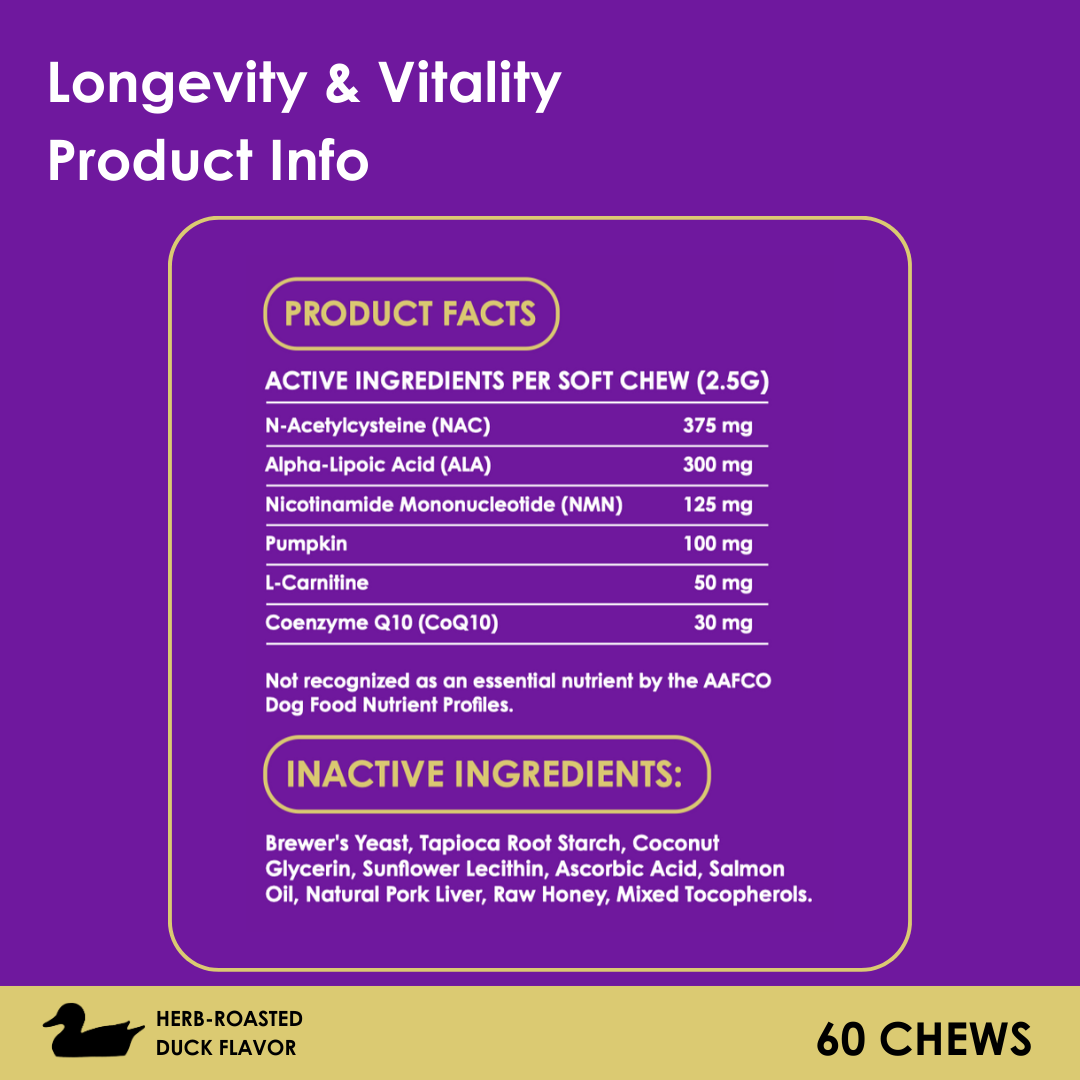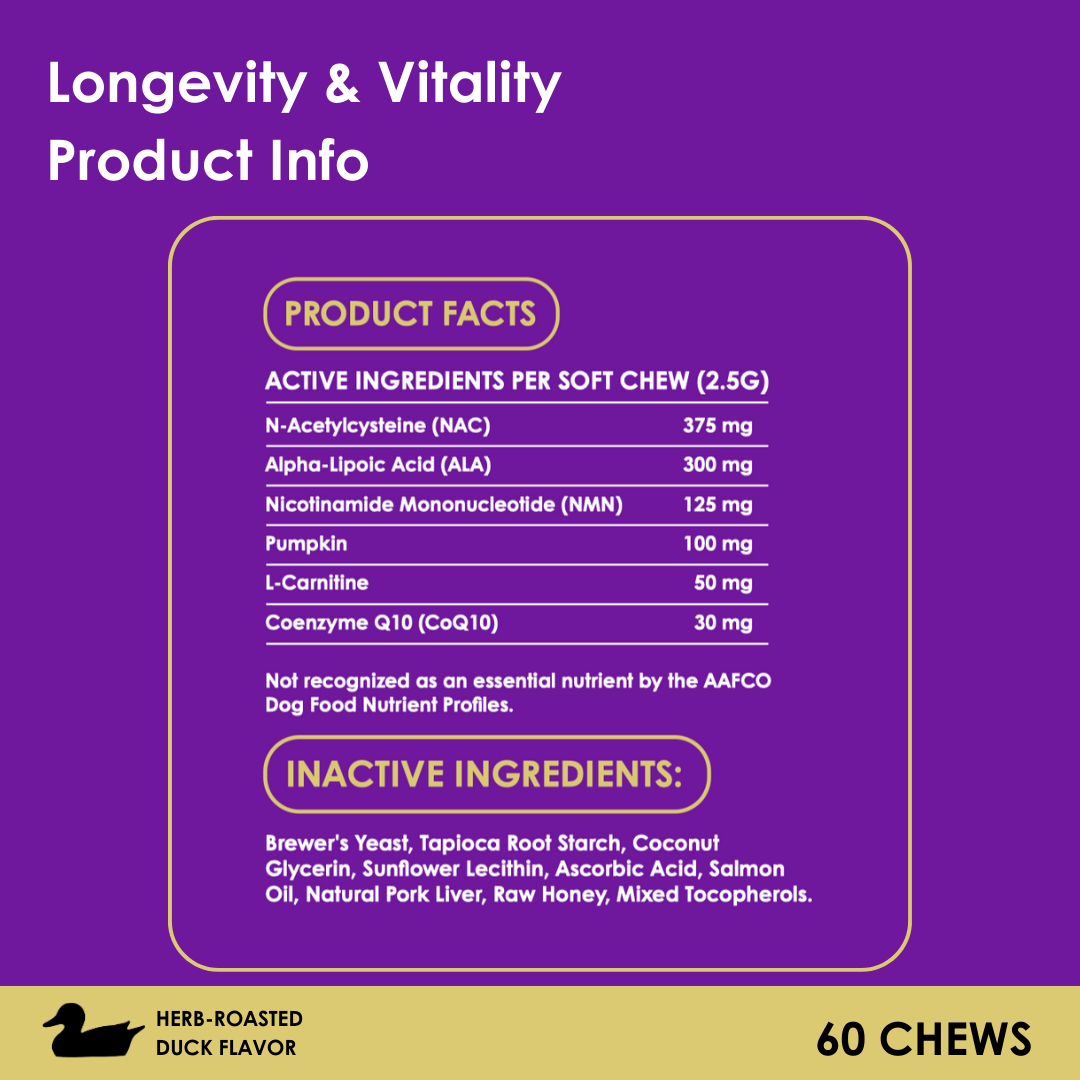New Mortality Tool for Dog Owners
As our beloved dogs age, their physical health and well-being become more delicate, making it crucial to assess their frailty and predict potential mortality. A new tool, developed by researchers from North Carolina State University, aims to help dog owners and veterinarians make informed decisions about the treatment and quality of life for elderly dogs. This frailty screening tool, when combined with basic assessments of body and muscle condition, can predict the likelihood of short-term mortality (within six months) and assist pet parents in making crucial end-of-life care decisions.
Understanding Frailty in Dogs
Frailty in dogs mirrors that of humans, where aging leads to decreased strength, weight loss, exhaustion, and reduced activity. As a dog’s body begins to slow down, these signs of frailty can directly correlate with their overall health, disability, and mortality. Although frailty has been widely studied in humans, it is an emerging concept in canine health, and this new tool offers a way to classify frailty using a simple questionnaire.
Veterinarian Natasha Olby, who leads NC State’s canine neuro-aging program, and her team developed the frailty tool by asking owners questions about their dog's:
- Nutritional Status: Including appetite and body condition.
- Exhaustion/Energy Level: Noticing if the dog tires easily.
- Mobility: Assessing how well the dog moves and gets around.
- Muscle Condition: Whether the dog’s muscle mass is declining.
- Social Activity: Monitoring if the dog is still engaging with the family or becoming more withdrawn.
When a dog is classified as frail in at least three of these five categories, the tool predicts a higher likelihood of mortality within six months.
How the Tool Works
This mortality prediction tool doesn’t require extensive laboratory testing. Veterinarians use it in conjunction with physical palpation to assess muscle and body condition, making it easily deployable in everyday veterinary visits. The simplicity of the screening tool allows dog owners and vets to start a meaningful discussion about a dog’s care options and quality of life, especially when faced with difficult treatment decisions.
The researchers validated this tool in two distinct groups of dogs: one set participating in a neuro-aging study and another large group of elderly dogs. Both groups provided important insights into how frailty manifests and its potential impact on longevity.
Implications for Longevity and Quality of Life
For dog owners, this tool offers valuable information when making decisions about their aging pet’s treatment and care. By understanding the degree of frailty and potential for short-term mortality, owners can weigh the benefits of specific treatments against the overall quality of life. The goal of this tool isn’t just to predict when a dog might pass away but to ensure that elderly dogs are given the best possible care in their final months, focusing on comfort, vitality, and happiness.
Additionally, the tool provides a foundation for more detailed research on frailty in dogs. As researchers work to refine this screening process, it may lead to more accurate predictions and better treatment strategies that can extend an elderly dog's life while maintaining a high quality of life.
Conclusion
The new frailty assessment tool is a breakthrough for dog owners and veterinarians alike. With the ability to predict short-term mortality and assess frailty in elderly dogs, this tool helps guide decisions about end-of-life care, offering more control and insight to pet parents during a challenging time. While no tool can provide absolute certainty, this approach offers a reliable method to assess frailty and create a compassionate plan for your dog’s golden years.
























